The Arduino Uno R4 Brings Big Changes to the OG Maker Board
Last week, while we were taking a short pause due to traveling, Arduino announced the Arduino Uno R4 - and it was a huge surprise. While it has undergone several revisions, the Uno has mostly stayed the same over the years. The 8-bit ATMega328p chip was the first many learned to program, albeit via the Arduino IDE.
The Uno R4 is different. At its core is a 32-bit Renesas RA4M1 MCU (the second Renesas part featured in recent Arduino boards; the Portenta C33 has one, too), running at 48 MHz - 4 times the speed of its predecessor. The Arm Cortex-M4F MCU can also be optionally paired with an ESP32-S3 module for WiFi 4 and Bluetooth 5.0 connectivity.
Hardware compatibility is retained thanks to an unchanged pinout and 5v operating voltage. Arduino is also working hard to ensure existing Arduino software libraries will continue working on the new boards. Given the vast amount of community-generated libraries, it's unclear exactly how exhaustive the porting will be. That said, the Uno R3 (and its WiFi variant) aren't going anywhere soon and will continue in production for the foreseeable future.
The Arduino UNO R4: In Specifications
While the full specs of the board are yet to be released, we can work out roughly what it will be capable of by comparing the announcement with the specs of the Renesas RA4M1.
- 48MHz Arm® Cortex®-M4
- 256kB Flash memory and 32kB SRAM
- 8kB Data Flash to store data as in EEPROM
- Scalable from 40-pin to 100-pin packages
- Segment LCD controller
- 14-bit A/D converter
- Capacitive touch sensing unit
- USB 2.0 Full Speed
- CAN 2.0B
- SCI (UART, Simple SPI, Simple I2C)
- SPI/ I2C multimaster interface
Interestingly, the specsheet of the chip doesn't mention the DAC, but the feature diagram seems to give much more detail. It'll be interesting to see how many of these features get implemented on the Uno R4.
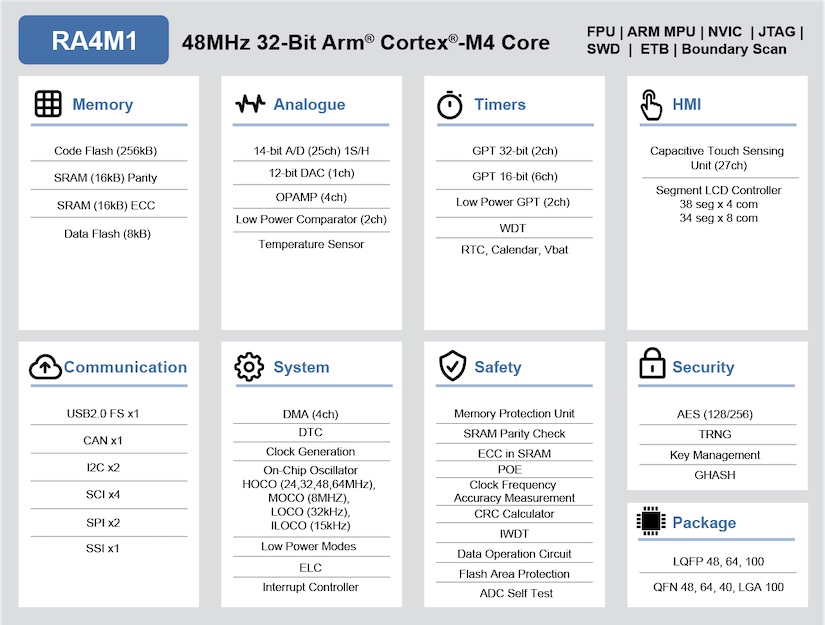
According to the Arduino announcement, the new board provides the same peripheral interfaces as the older revisions, with a few notable extras. The USB connector has been replaced with a USB Type-C connector. In terms of onboard communication protocols, the Uno R4 now has a CAN interface and a true 12-bit DAC for analog output. There is also the question, what is hidden under the yellow section of the launch image? Perhaps the DAC and CAN output?
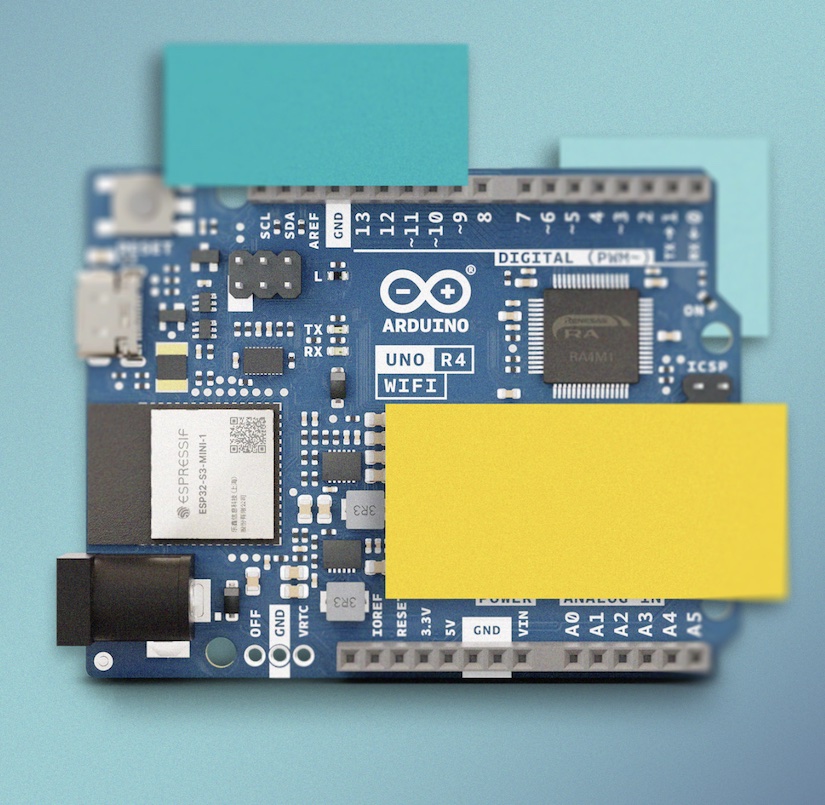
Currently, the Arduino Uno R4 isn't on sale, but you can find out more - and sign up for the waiting list, on the Arduino Uno R4 splash page.
Also, if you are a library writer or maintainer, you can sign up for the Early Access program featured at the same link. Those chosen for the program will receive a free Arduino Uno R4 ahead of release, in order to give time to get their library fully ported over to the new chip. Hopefully, some of the early adopters will show us a little of what the new Uno can do!
For a board that is iconic in hobby maker circles, it's great to see it get a much-deserved upgrade. While there is no price for it yet, it seems likely that it'll be similarly priced to the original Uno. It's an exciting time to be part of the hobby hardware movement, and I'm fairly sure I know what a lot of people will be buying as Christmas presents this year!






























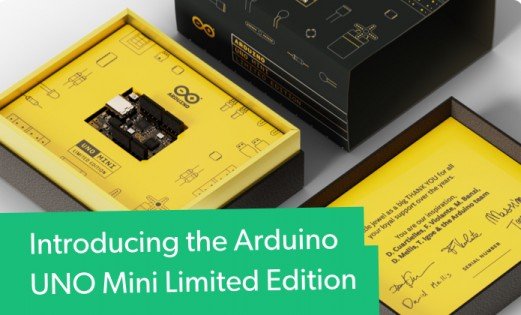





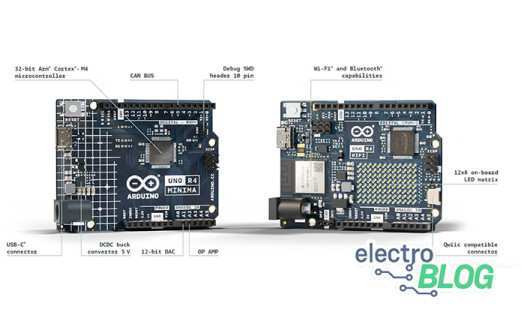


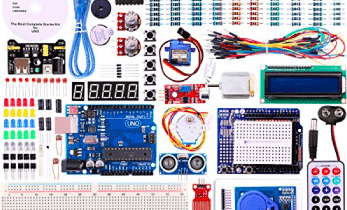






Leave your feedback...